Al Capone

Of course, you can't have a list of the most notorious gangsters without Al Capone being on it. Alphonse "Scarface" Capone had a seven-year reign as a crime boss that ended when he was just 33. After allegedly, unaliving, stealing and smuggling his way to the top, Capone became the king of Chicago's crime circle. He was responsible for countless deaths including the St. Valentine's Day Massacre in 1929, in which he allegedly ordered the death of the Bugs Moran gang. Allegedly.
While authorities could never gather enough evidence to prove any of Al Capone's crimes, ultimately what did Capone in was his bookkeeper. The IRS investigated Capone and learned that he never filed any tax returns. On March 13, 1931, Capone was charged with 5,000 Volstead Act (prohibition) violations and tax evasion. The lesson here? Do your taxes people!
Lucky Luciano

Charles "Lucky" Luciano was an Italian-born gangster, almost as notable as Al Capone himself. He rose to power by the late '20s, started the Five Points gang, and was also integral in developing what the press referred to as the National Crime Syndicate. He reached the height of his power after eliminating Joe Masseria (who we'll get to later). Luciano eliminated Masseria in 1931 to serve under another boss: Maranzano. Not long after, Luciano had Maranzano murdered, believing that he, himself was a target due to Maranzano's greed.
You can see a fictionalized version of Luciano's rise to power in the hit HBO series Boardwalk Empire. But what you won't see in that series is his fall. In 1936, Luciano was prosecuted for pandering after his women-for-pay racket was investigated. He was convicted of his crimes and was sentenced from 30 to 50 years in prison. However, he continued to run his crime operation from prison, and during WWII, he provided the US military with his Sicilian Mafia contacts. This led to his early release in 1946. He would continue to engage in criminal activity until his death in 1962 - at the Naples International Airport, just as he was about to be arrested on smuggling charges.
Bugsy Siegel

Bugsy Siegel, another famous American crime boss from the time of prohibition, was described as handsome and charismatic, which made him a gangster celebrity. At a young age, he befriended Jewish crime boss Meyer Lanski and Charles Luciano. He was allegedly involved in bootlegging and murder, carrying out hits for Lanski. While married, Siegel had a reputation for womanizing, which ultimately led to his marriage ending in 1946.
After making numerous enemies, Bugsy Siegel was sent off to California by the east coast mob in the late 1930s. He had already established connections there in the criminal world but began to make connections in Hollywood as well, associating with people like Clark Gable, Gary Cooper and Cary Grant. On top of that, he was connected to several businessmen, attorneys and politicians, among other prominent people. All of it came to an end though in 1947 when he was murdered by an unidentified assailant with an M1 carbine rifle.
Pablo Escobar

Pablo Escobar has managed to maintain a high profile, even after his death, thanks to films, books, and television series like Narcos. The Colombian lord led the Medellín Cartel, which smuggled cocaine into the US. Through well thought out smuggling routes and successful production, around 70 to 80 tons of cocaine were smuggled into the country every month. At the height of his power, the cartel made approximately $70 Million per day.
Pablo Escobar was a hero to the poor of Colombia, but to the authorities and politicians of the United States, he was a menace. He owned numerous residences and safe houses where he could retreat to, including a home on American soil, situated in Miami Beach. Over time, his enemies grew in numbers and he had a vigilante group called Los Pepes, US Intelligence Agencies and Colombian intelligence agencies all looking for him. And, indeed, they eventually caught up to him on December 2nd, 1993, when Escobar died during a shootout.
Arnold Rothstein
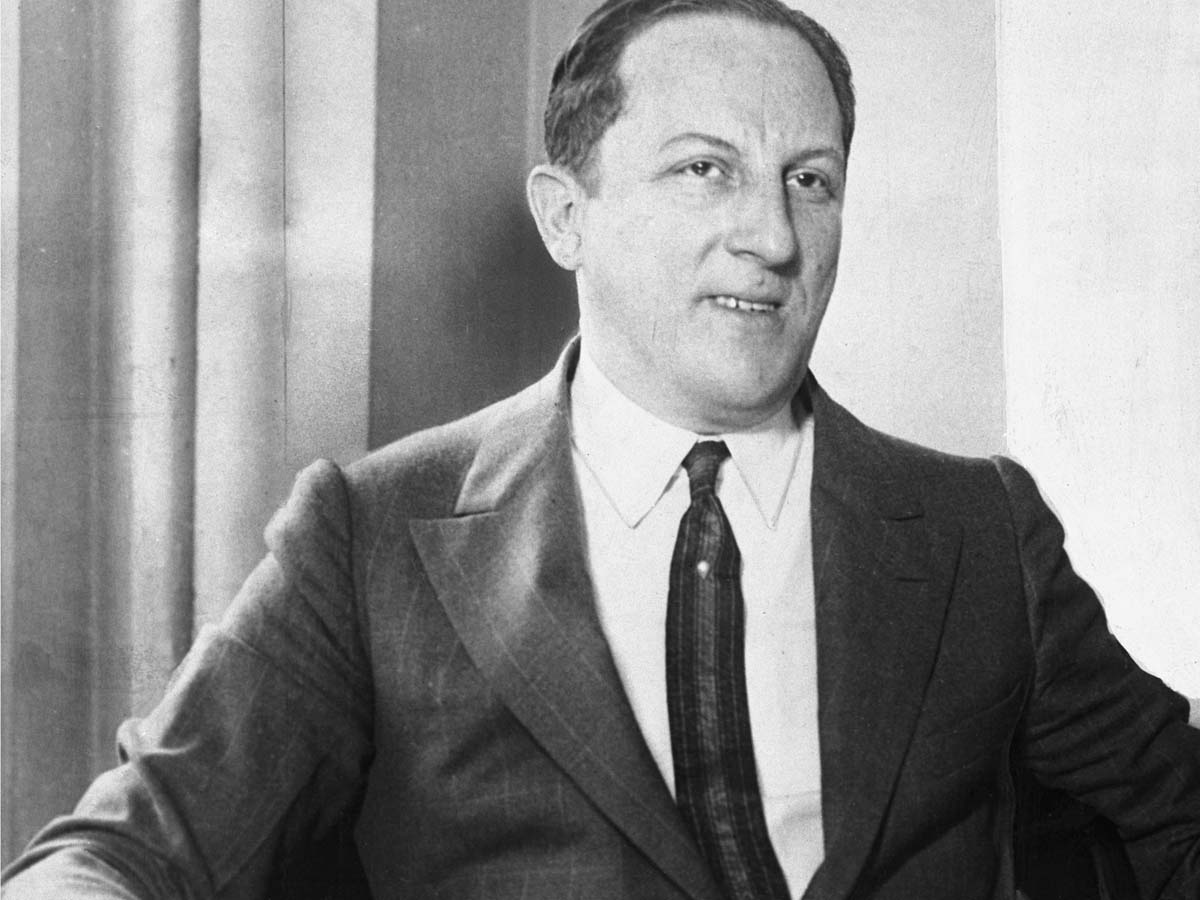
Arnold Rothstein was another one of the most notorious mob bosses in New York. Before Luciano, Rothstein was a successful gambler, businessman and racketeer. He transformed the way organized crime worked by turning into something that ran more like a corporation. One of his most notable "achievements" was fixing the 1919 World Series, in which he paid the White Sox to deliberately lose to another team. He profited on that loss by betting against them.
However, Rothstein was never indicted as prosecutors could find no evidence against him. Once prohibition went into effect, Rothstein got into the bootlegging business and became one of the wealthiest gangsters in history with a wealth of over $10 Million. Eventually his luck ran out, however, and he was shot in 1928, reportedly due to a gambling debt that he refused to pay, ironically, because he believed the game was rigged.
John Dillinger

John Dillinger was an American gangster operating mainly during the Great Depression after the stock market crash of 1929. However, he started out before that in 1924. Finding it difficult to hold a job, Dillinger began planning robberies. During a grocery store robbery, stealing $50, he hit someone on the head while escaping. He along with an associate were arrested for the crime and confessed to it.
Dillinger was sentenced to prison for 10 to 20 years and became further entrenched in the criminal underworld. There, in prison, Dillinger studied how to rob banks, learning from expert bank robbers. Meanwhile, Dillinger's father worked on getting him out of prison, gathering 188 signatures. Almost 10 years later, in 1933, he was released on parole, carrying out his first bank robbery in 1933 and 11 more after that. As a result, FBI agents chased Dillinger who had become one of the most notorious bank robbers of the time. Dillinger was shot in 1934 by the FBI after leaving a movie theater. Johnny Depp plays the outlaw in the film Public Enemies.
Bonnie Parker and Clyde Barrow
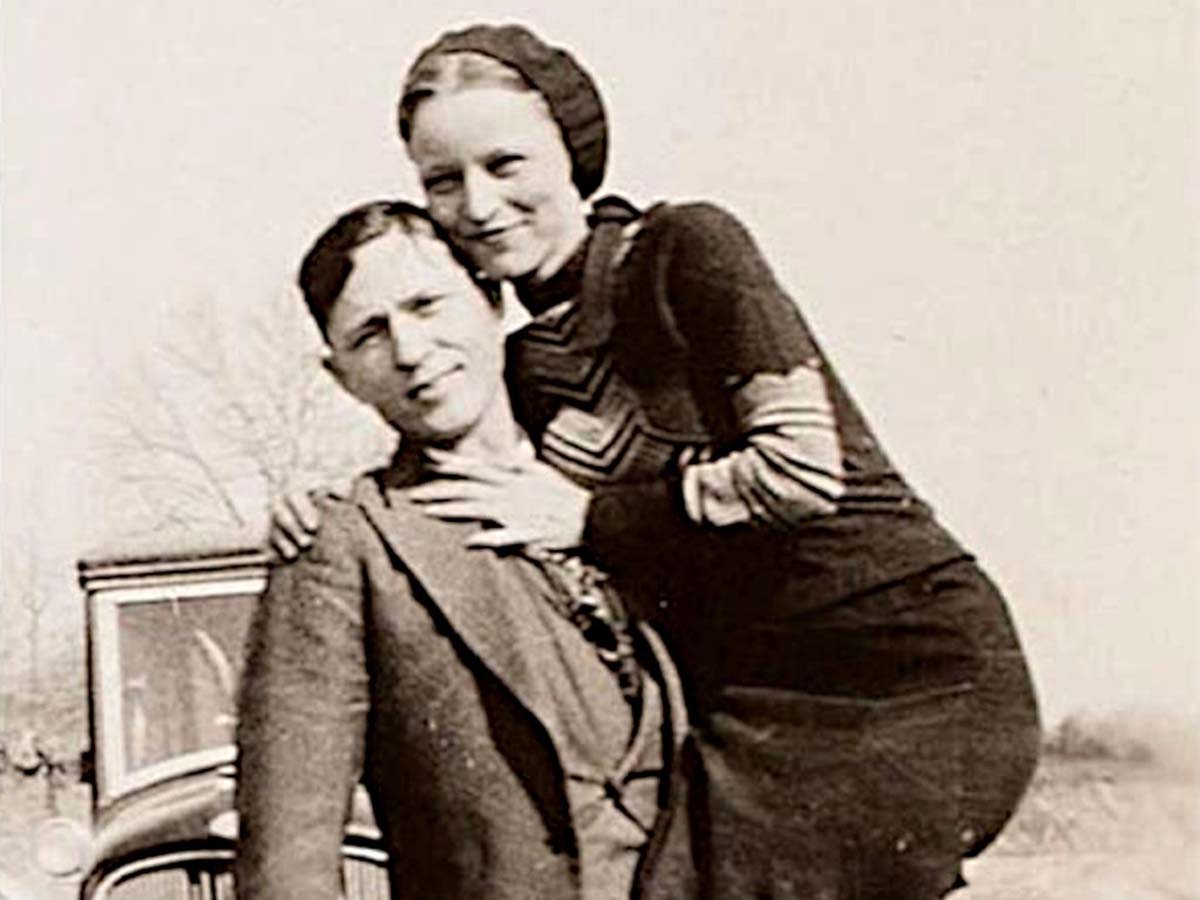
Bonnie and Clyde, who were also infamous bank robberies during the Great Depression, both grew up in Texas. They first met in January 1930 at the home of Clarence Clay, a friend of Barrow. Before that, Clyde Barrow already had an extensive criminal past. Facing prison time, however, the two didn't start bank-robbing until 1932. While their exploits had garnered the attention of townspeople, they never had a take more than $1,500 from each robbery. Their robbery spree lasted over 21 months. Eventually, it caught the interest of Texas Ranger Frank Hamer. Bonnie and Clyde found several hideouts all over the country that allowed them to evade authorities, but they couldn't run forever.
The same year Dillinger died, Bonnie and Clyde also met their demise. While at first they were celebrated in some respects, eventually the public turned against them after several murders. They were taken out on May 23rd 1934, in Louisiana, by Frank Hamer's posse. Bonnie and Clyde were no more but they would, of course, live on in pop culture.
James Bulger
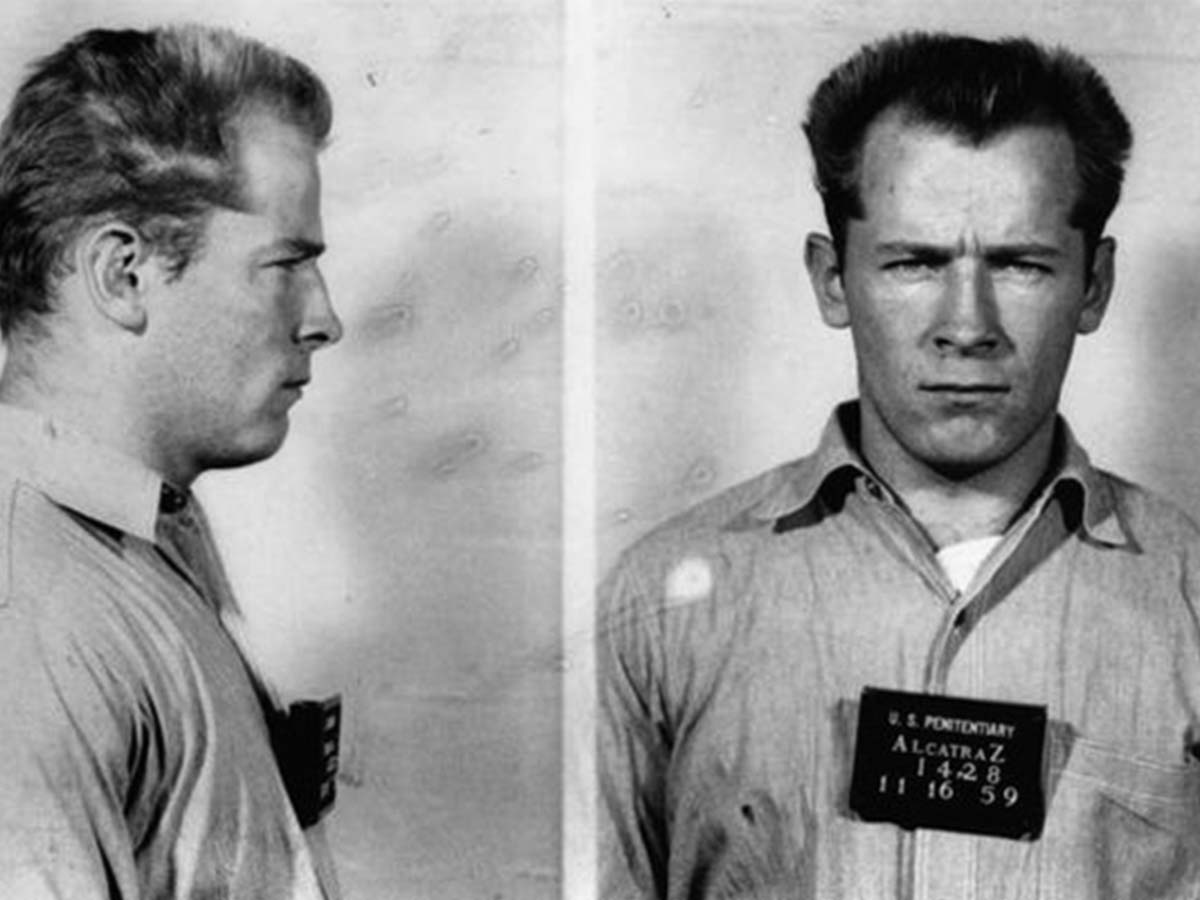
James Whitey Bulger was an Irish-American crime boss who first served in prison in 1956 for armed robbery and truck hijacking. He was involved in the Killeen–Mullen War and in 1972 joined the Winter Hill Gang. By 1979, several members of the Winter Hill gang were indicted for fixing horse races and Bulger took over what was the rest of the gang. During his time, he was responsible for several deaths, arms trafficking and extorting dealers.
In 1994, Massachusetts State Police, Boston Police and DEA combined their efforts to take down Bulger. They investigated his illegal gambling operations and left the FBI out since they were believed to have been compromised, as he was an important informant. Several witnesses were willing to testify that they paid "protection money" to Bulger. Authorities also discovered hidden assets and passports contained in safety deposit boxes. Bulger fled Boston in December 1994, escaping to New York. After returning to Boston, an associate was arrested and Bulger once again fled. He continued to evade authorities until he was finally captured in 2011. By that time he was on the FBI's Ten Most Wanted Fugitives list. A film about him, Black Mass, came out in 2015, starring Johnny Depp.
Jesse James
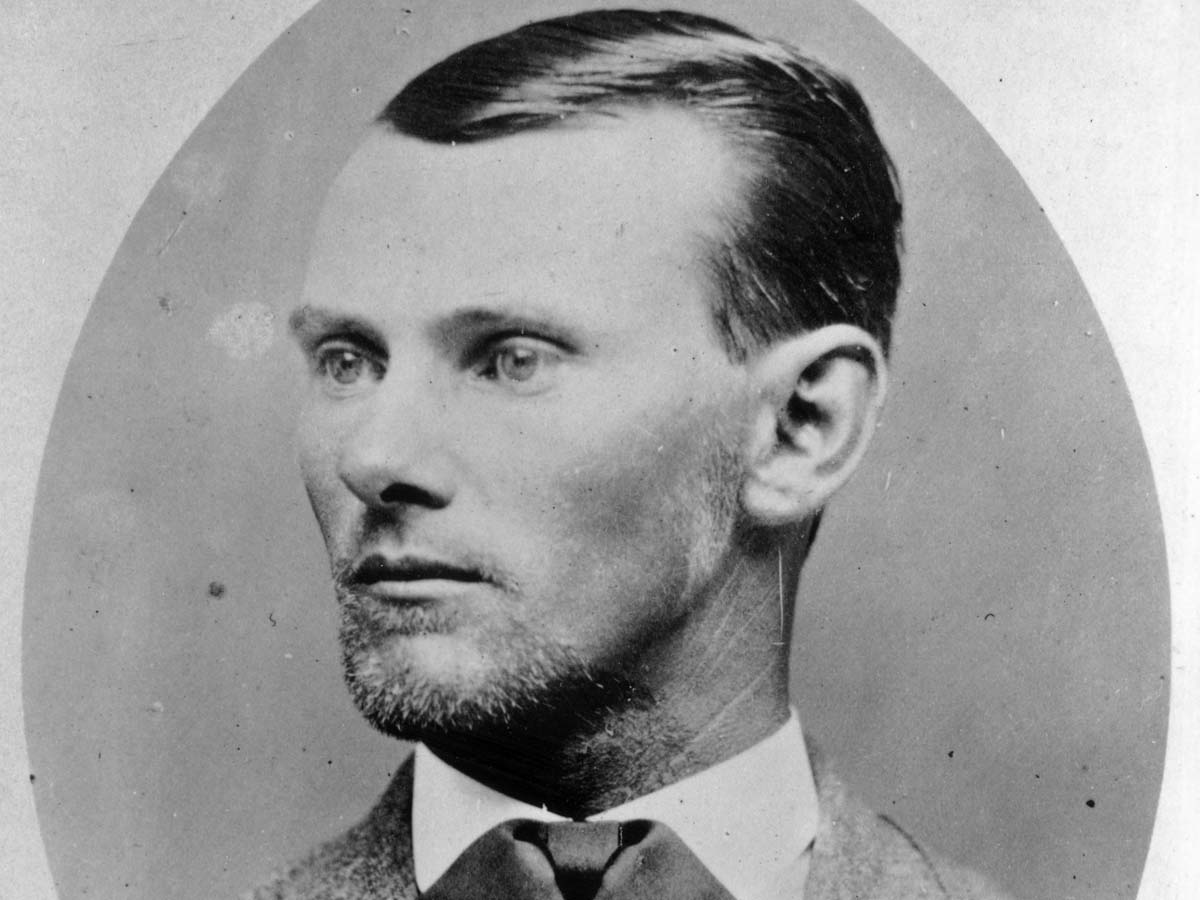
Jesse James was one of the most notorious outlaws in the 19th century. The gang made up of brothers Jesse and Frank James, along with Cole Younger and several ex-Confederates, would carry out train robberies in the south. As the leader of the James–Younger Gang, Jesse and his men were responsible for as many as 19 robberies and 20 murders. By 1974, the Pinkerton agency made capturing or ending Jesse James a high priority assignment.
Determined to stop the gang, the Pinkertons offered increasingly higher rewards as bounty. By 1876, after a failed robbery on the First National Bank signaled the downfall of the gang. Still determined to continue his way of life, as gang members died off or left, they were replaced with new ones. Criminal operations got smaller and Jesse became increasingly distrustful of his boys. By the time the gang was almost completely annihilated, the only people he trusted were Charly and Robert Ford, but little did he know the two were compromised by the authorities and eventually Jesse James was assassinated in his home by Robert Ford.
Carlo Gambino
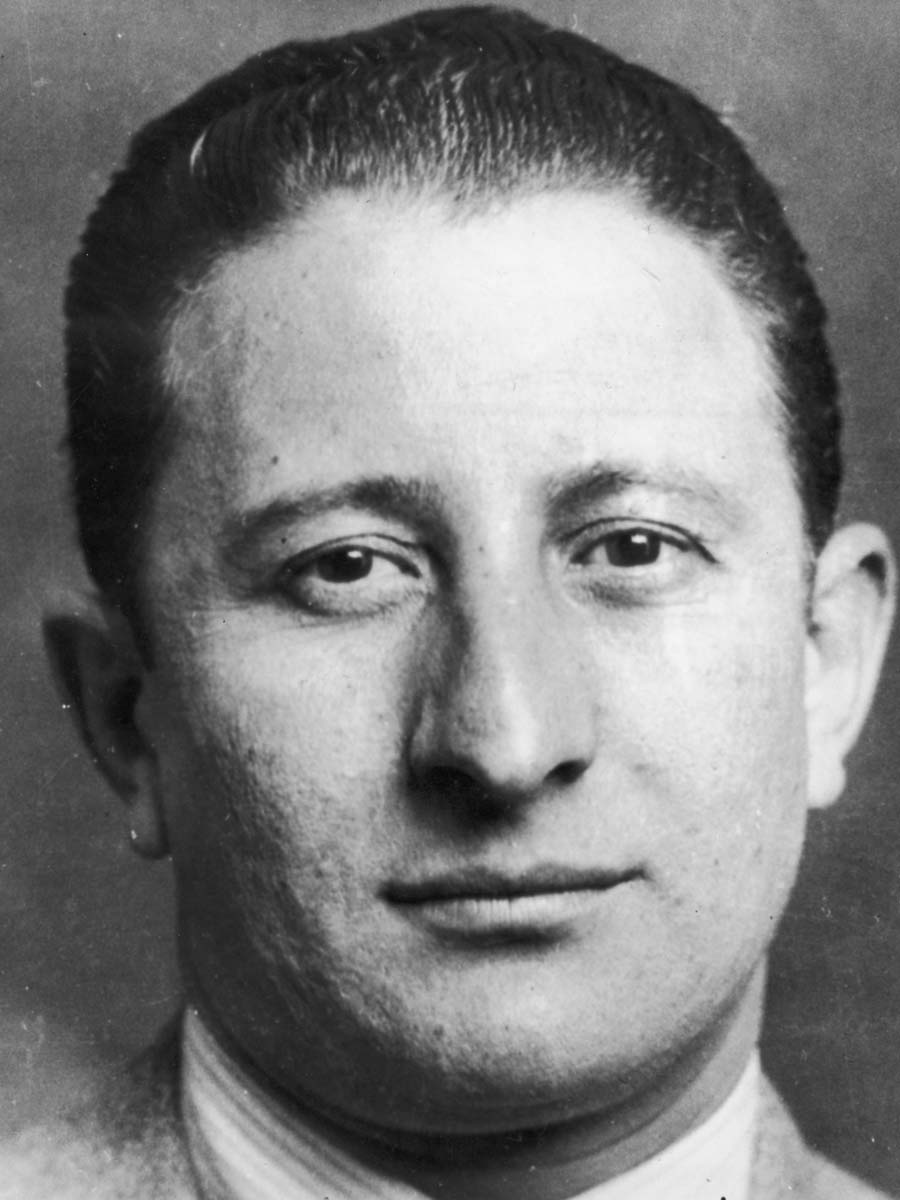
Carlo Gambino, head of the Gambino Italian-American crime family was part of the criminal organization led by Joe Masseria. His main rival was Salvatore Maranzano, which may sound familiar because we mentioned that Luciano worked for and unalived him. Maranzano and Gambino fought each other in the Castellammarese War. Once Masseria was eventually unalived, Gambino became soldiers under Vincent Mangano. Gambino was eventually arrested in 1937 and served 22 months in prison for tax evasion. In 1951, Gambino switched allegiances again when Albert Anastasia had Mangano unalived.
And now the power struggle gets even more complicated! In the mid-1950s, the Genovese family wants to move against Frank Costello (who, we'll get to later) and so they ally with Anastasia. They wound Costello but fail to end his life Nevertheless, Costello retires and then Gambino and Genovese plot to hurt Anastasia. After that, Gambino becomes the new Mangano crime boss, which is renamed Gambino, obviously. Later, Luciano teams with Gambino to take out Genovese by implicating him in a deal gone bad, after which Genovese would be sentenced 15 years in prison. Gambino has a good run as a crime boss until he dies in 1976.
Frank Lukas

Frank Lukas was a highly successful trafficker in Harlem in the late '60s and early '70s. in his young, he engaged in petty crime and hustling until he was taken under the wing of Bumpy Johnson. His goal was to disrupt the monopoly that Italians had on organized crime in New York and he did it by smuggling into the country – or at least paying people too. Most of the things he shipped over were heroin from Thailand. At the height of his success, Lukas claimed to have around $52 Million.
Using his money, he purchased property all over the country, including a several-thousand-acre ranch in North Carolina. He associated with politicians, celebrities, and important figures, including Howard Hughes. In 1975, it all came to an end when Lukas was arrested by the DEA. He was convicted of multiple drug-related violations and sentenced to 70 years in prison. However, in exchange for a reduced sentence, he provided evidence for 100 convictions and was then placed under witness protection. In 1981, his sentence was reduced to time served and lifetime parole. However, he would serve another seven years for dealing once again. Since 1991, he has been free and is the subject of a 2007 film called, American Gangster.
Meyer Lanksy

Meyer Lansky was an associate of the Jewish mob as well as other prominent mafia figures such as Lucky Luciano (yes, him again). Also, as mentioned earlier, he was good friends with Bugsy Siegel, even from childhood. Also known as the "Mob's Accountant," he developed various gambling operations around the world including Las Vegas, Florida and New Orleans
Attempting to take control of the Flamingo hotel in Havana, Cuba, Lansky attended a secret meeting to discuss Bugsy taking over its operation. However, he was not successful at running it, so it began to lose money. Bugsy was given another chance to prove himself but without success, and was unalived in 1947. When this happened Lansky had other associates take over the hotel. Like Capone and some of the others on this list, Lansky eventually faced tax evasion charges. He fled to Israel to escape charges. A fictionalized version named Hyman Roth is the antagonist in The Godfather Part II.
Anthony Salerno

Anthony Salerno was an underboss for the Genovese crime family. Raised in East Harlem, Salerno was involved in gambling, loansharking, protection rackets and other criminal activities. In the '60s, he controlled one of the largest numbers rackets in New York. This caught the attention of the FBI which claimed that he was pulling in $1 Million annually from his loan shark network.In 1978, Salerno was sent to federal prison for six months on illegal gambling and tax evasion charges. A couple of years later, after being released from prison, he suffered from a stroke.
Soon after, boss Frank Tieri of the Genovese family died, and Salerno would take his place. For years, Salerno would hide is knew role from authorities but they weren't buying it nor was anyone else. In October 1986, Fortune Magazine named Salerno America's top gangster. By 1987, Salerno faced RICO charges and was sentenced to 100 years in prison without parole. And on top of that, he had to pay a $240,000 fine. He died at the age of 80 in a federal prison medical center. The notorious mobster is said to be the inspiration for the character Fat Tony on The Simpsons.
Carlos Lehder
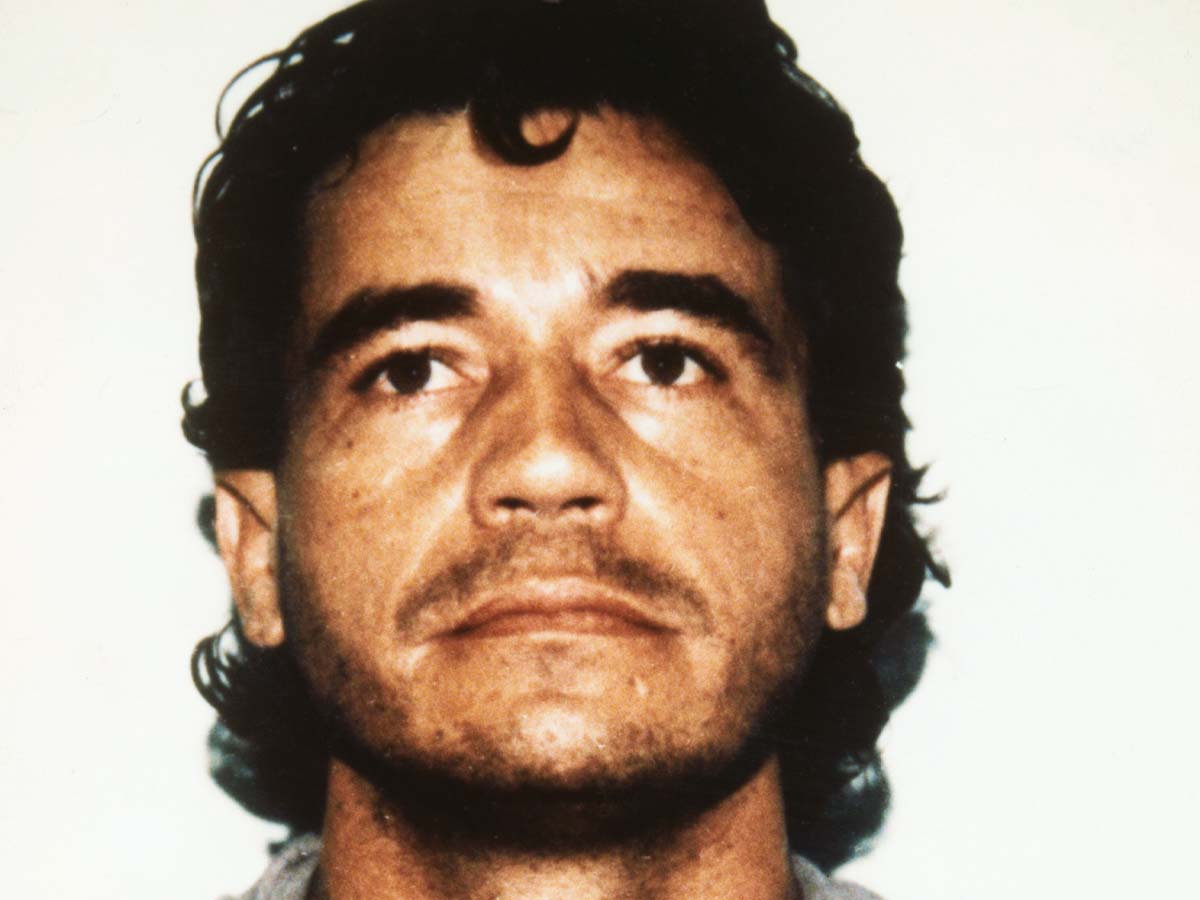
Carlos Lehder was a German-Colombian lord and co-founder of the Medellín Cartel. He started out selling marijuana and stolen cars and smuggling them between the U.S. and Canada. Later on, he partnered with George Jung to start smuggling cocaine into the U.S. Initially, they used suitcases but later purchased their own airplane to just fly it in. Because of his success, Lehder got too big for his britches and so Jung and Lehder had a falling out.
And things only went downhill from there. In 1984, Pablo Escobar had Rodrigo Lara Bonilla assassinated, which put a huge target on the back of the Medellin Cartel, including Lehder. Authorities froze his assets and now he was nearly bankrupt. In 1987, Lehder was extradited to the U.S., sentenced to life without parole plus another 135 years. However, in exchange for testifying, his sentence was reduced to 55 years. As of 2020, Lehder has been transferred to Germany for prostate cancer treatment, with a charity in Germany paying for the whole thing.
Henry Hill
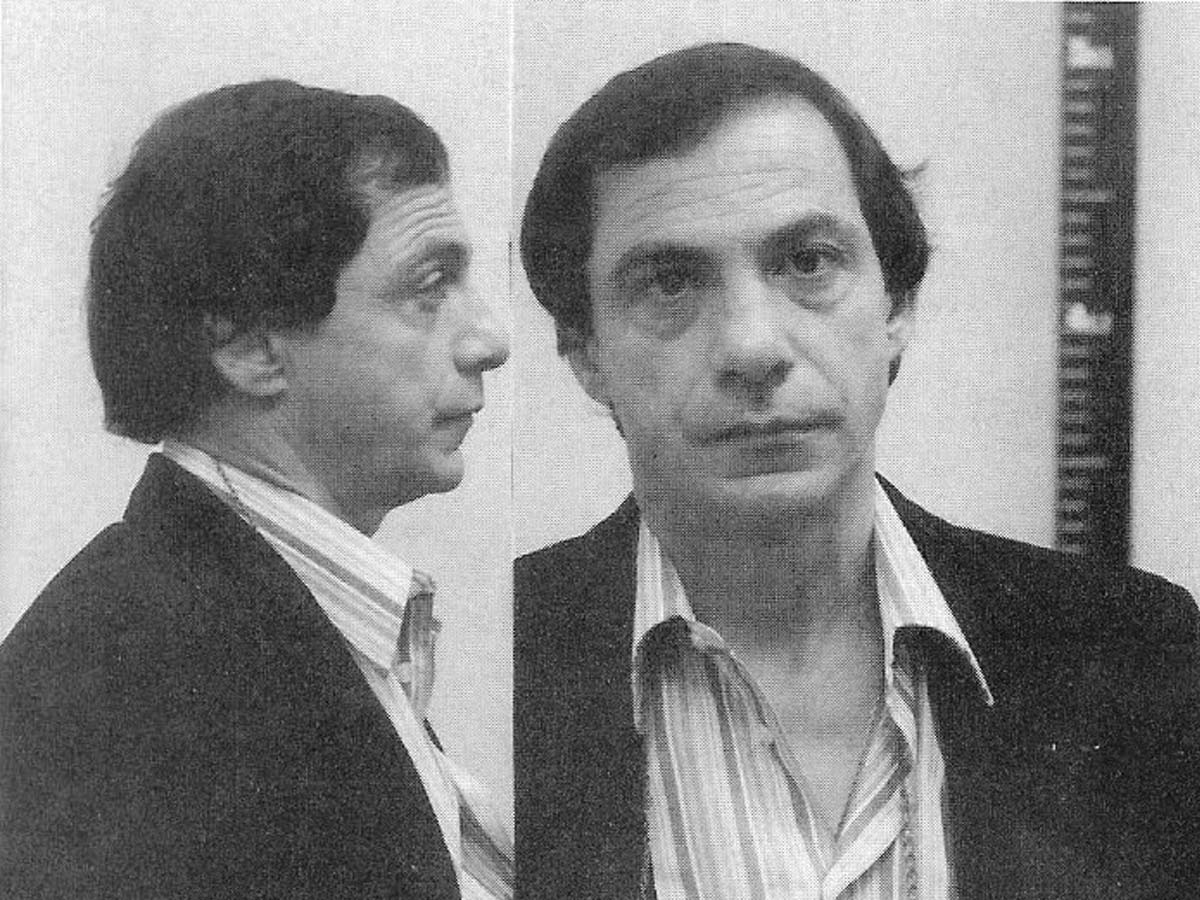
Henry Hill, an American mobster for the Lucchese crime family in New York City, was active in from 1955 to 1980. At just 11 years of age, he was introduced to the mob with a part-time job at Paul Vario's storefront. Not long after, he began working more directly with the criminals. He was first arrested at the age of 16 for trying to buy tires with a stolen credit card. Henry Hill would continue to engage in criminal activities after joining the army at 17. He stole as much as $420,000 from an Air France cargo terminal and unalived at the behest of his superiors, including William "Billy Batts" Bentvena.
From 1972 to 1978, Hill served prison time for beating a man over a gambling debt. From the connections he made in prison, he was able to sell marijuana, heroin, cocaine and Quaaludes after his release. This eventually got him arrested in 1980 with a narcotics-trafficking charge. Facing an undoubtedly long time in prison, Hill agreed to testify against fellow mob members, which led to 50 convictions. He was placed in a witness protection program but would continue to traffic drugs, which got him expelled from the witness protection program. Then he was arrested three more times! Much of his life in the mob is depicted in the film Goodfellas.
John Gotti
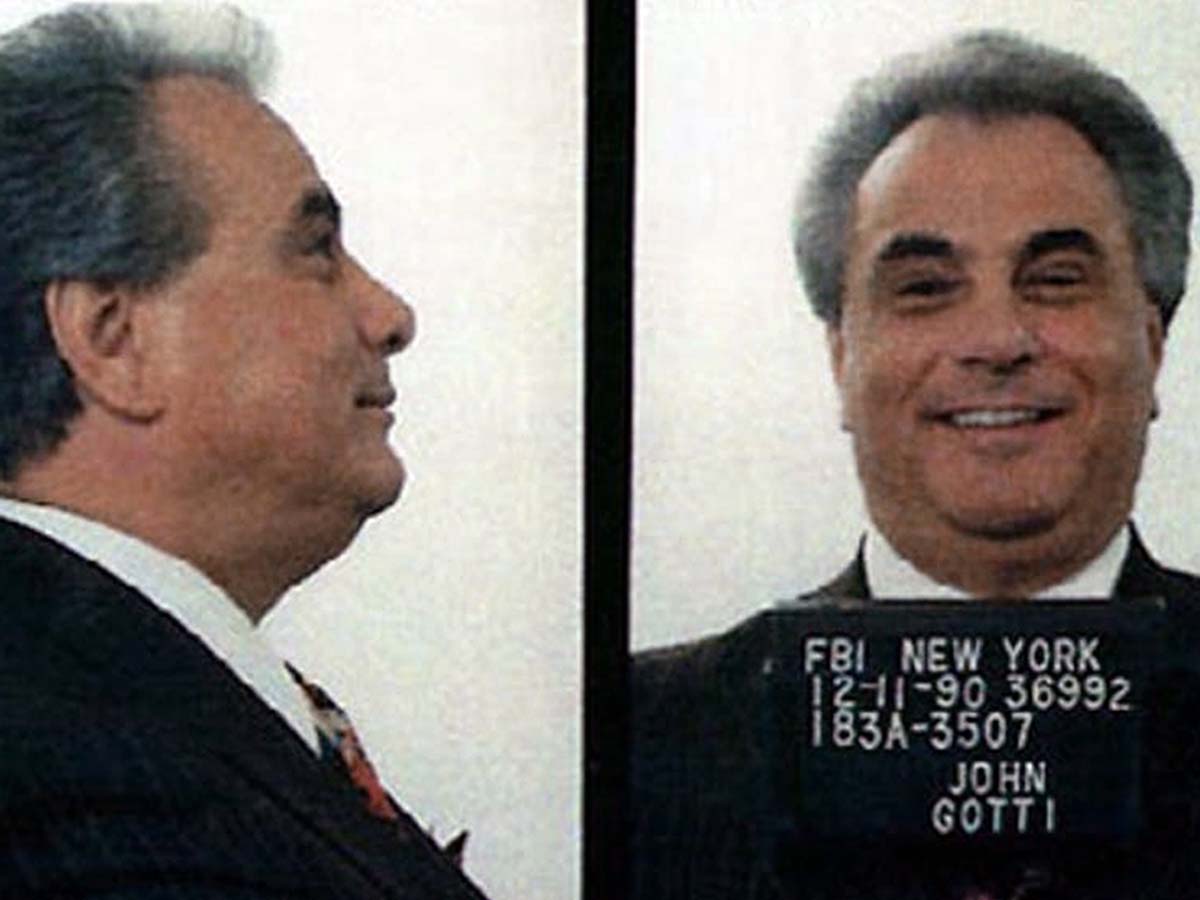
Not long after Carlo Gambino died, John Gotti became a made man in the Gambino crime family in New York - after serving two years in prison. Gotti assisted in cash robberies, murdered and dealt drugs, among other things. In 1984, boss Castellano was arrested and indicted in a RICO case. Facing life imprisonment, Gotti would serve as acting boss. However, that wasn't enough as Gotti planned to overthrow Castellano entirely.
Gotti arranged for Castellano to be hit and watched it happen from his car. Soon after he would become the boss and rise to fame in 1986. During this time, the Gambino family made as much as $500 Million per year. Gotti was able to escape conviction all the way up to 1992. After investigating his racketeering, he was charged by prosecutors with five deaths, illegal gambling, loansharking, bribery, tax evasion and obstruction of justice. He was found guilty and sentenced to life imprisonment without parole, as well as a $250,000 fine. Due to declining health, he died in 2002 at the age of 61.
Mickey Cohen

Mickey Cohen started out as a boxer, participating in illegal prizefights in Los Angeles when he was just a teenager. During the prohibition, Cohen moved to Chicago became involved with organized crime, he started out as an enforcer and even met Al Capone. After spending some time in prison, he started running illegal gambling operations including card games. In 1939, he moved back to LA to work for Bugsy Siegel.
In 1947, after Siegel was murdered, Cohen sought revenge and challenged the presumed assailants to a gunfight. They did not and Cohen fled the scene before cops arrived. An investigation into Cohen led to - you guessed it - a tax evasion conviction. He was sentenced to prison for four years. Once he was released in 1955, he ran various businesses, such as gas stations and floral shops, but was sent back to prison for tax evasion once again in 1961. Initially, he was sent to Alcatraz but was bailed out and sent to a federal prison in Atlanta. He was released in 1972 and died in 1976 from complications of stomach cancer.
Joe Masseria
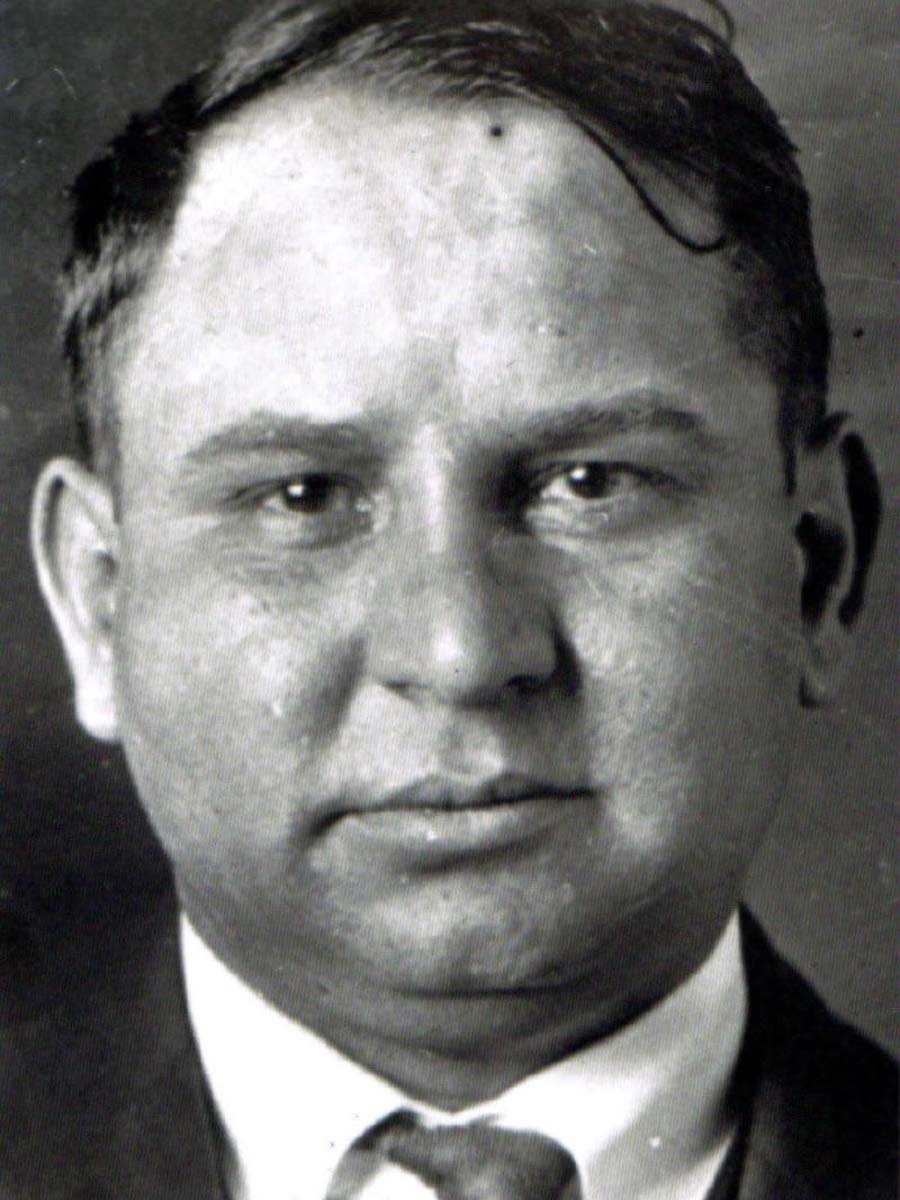
We promised to get to him, didn't we? Joe Masseria of New York was born in Sicily and moved to America when he was just six years old. He became part of the Morello crime family in Harlem. Vying for power, Masseria sought to assasinate Salvatore D'Aquila and hired Lucky Luciano among others to take the opposing family out. By the mid-1920s, he was the head of the Morello crime family and was known as "Joe the Boss." Salvatore D'Aquila was killed in 1928.
Masseria's rule was short-lived. He was assassinated on April 15, 1931, lured into a trap by Lucky Luciano. After discussing business, of course, Luciano excused himself to the bathroom and while he hid there, gunmen shot Masseria in the restaurant.
Frank Costello

Frank Costello was an Italian-American crime boss for the Luciano family. Born in Italy, he moved to America as a small child. By 13, he became involved with local gangs. Running with Luciano, Siegel and Lanksy, among others, he was involved in deaths, robbery, extortion, gambling and narcotics. In 1925, Costello became a U.S. citizen and a year later was indicted on bootlegging charges, but the jury was deadlocked.
He also participated in the Castellammarese War, as mentioned earlier, after which Costello became a top earner for Luciano – particularly through gambling operations. But following Luciano's imprisonment, and Genovese fleeing to Italy, Costello became acting boss. Many deaths later, Costello managed to retain his power well into retirement. And while the court sought to deport him, they were unsuccessful. Costello died in 1973 from a heart attack.
Johnny Torrio
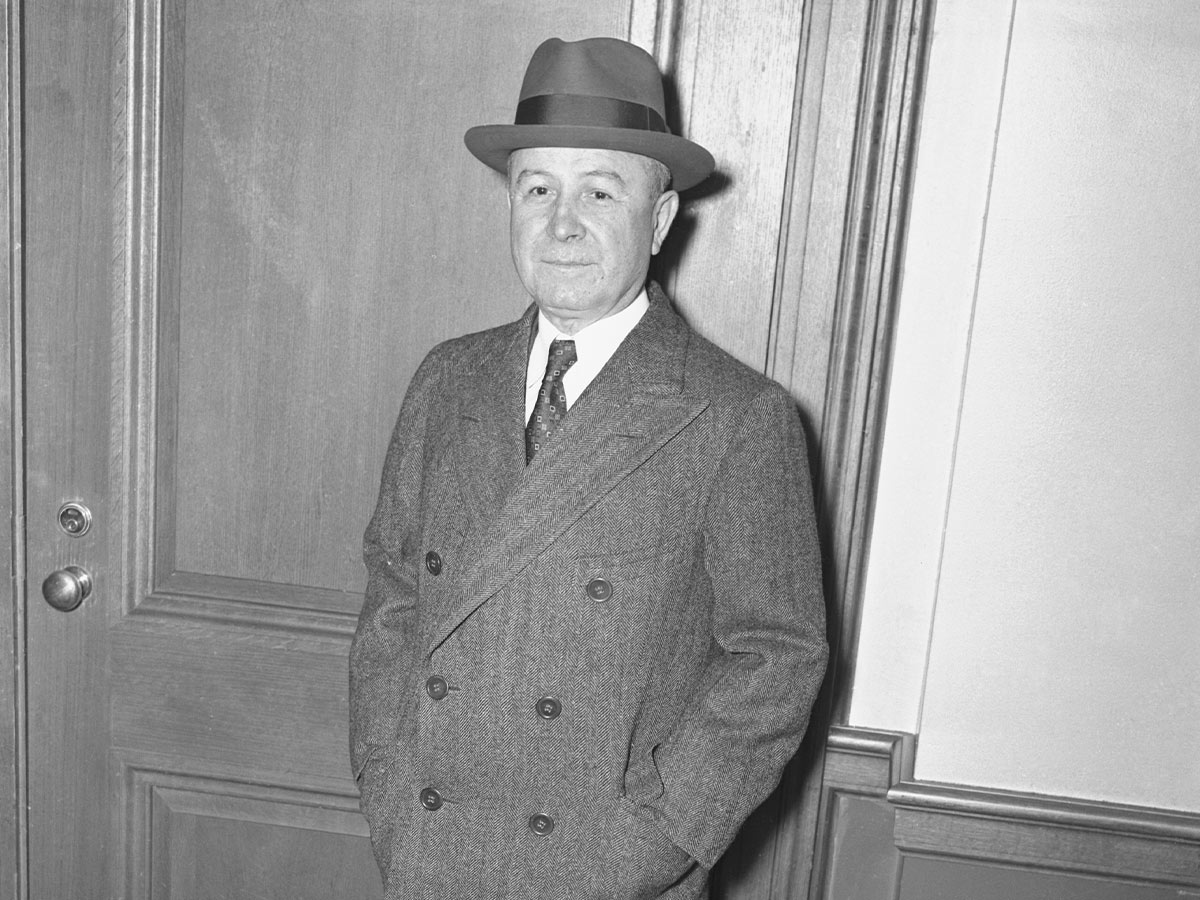
Al Capone owed much of his success to this man. Johnny Torrio of New York was Italian-born and in America gained much success from bookmaking, hijacking, loansharking, and opium trafficking. He mentored Al Capone in his youth. In 1909, he moved to Chicago for "business" purposes and in 1919 invited Al Capone to join him and run his business.
In 1920, once prohibition went into effect, Torrio wanted to get into bootlegging but his partner, Jim Colosimo refused. While we aren't saying that Torrio had anything to do with it…Colosimo was unalived on May 11, 1920. With Capone at his side, Torrio took out the North Side Gang of Chicago, after which, an attempt was made on Torrio's life and he decided to "semi-retire" – no longer dealing with the mob directly. He moved to Italy and returned home in 1928. In 1936, he was charged with tax evasion, and after multiple appeals, he finally was sent to prison in 1939. He served two years and lived a quiet life until his death in 1957. Oh, yeah, and tax season is coming up. Just saying.
Louis Alterie
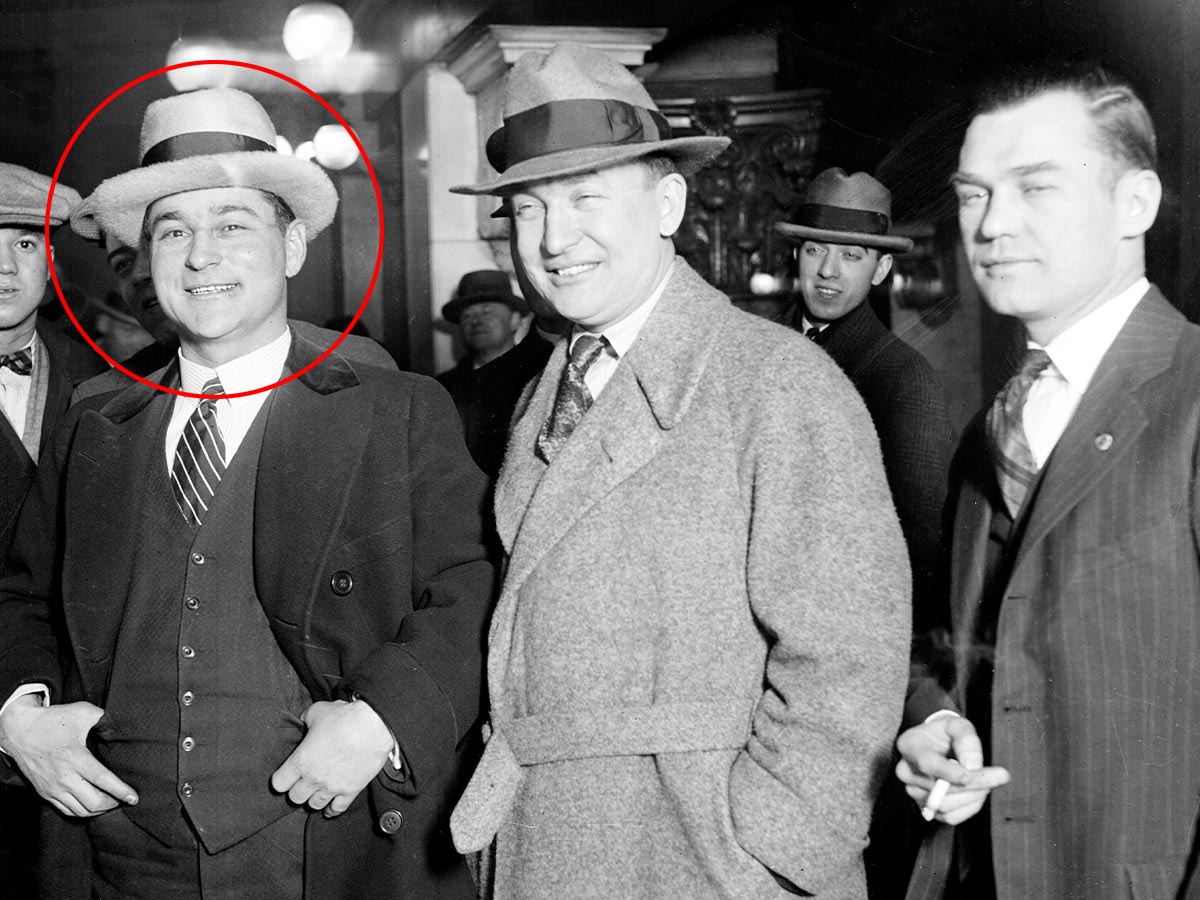
Louis "Two Gun" Alterie was an infamous hitman for Chicago's largely Irish North Side Gang during Prohibition. Adopting a Western flair, complete with a ten-gallon hat and dual Colt .45 revolvers, he rose through the ranks.
After reportedly taking over 20 lives in a gang war, Alterie fled to his Colorado ranch. After engaging in yet another shooting there, however, he was forced back into Chicago, where he was assassinated by a sniper in 1935.
Ma Barker
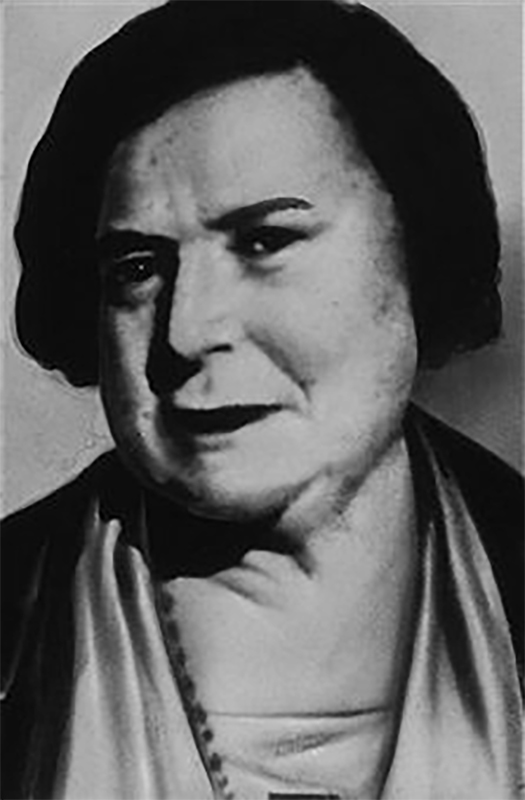
“Ma” (or Kate) Barker rose to infamy as the matriarch of a notorious criminal family during America's "public enemy era." She married George Barker in 1892 and raised four sons who became caught up in a life of crime.
The Barker brothers' escalating crimes resulted in the Barker–Karpis Gang, known for kidnappings and heists, with Ma supposedly organizing her sons’ crimes. Her life ended in a four-hour shootout with the FBI in Ocklawaha, Florida, in 1935.
John Connolly

John Joseph Connolly Jr. walked a dangerous tightrope as an FBI agent entwined with Boston's criminal underworld. Serving as their FBI handler, Connolly shielded notorious gangsters from prosecution by sharing crucial investigative details. However, his actions led to his downfall.
Convicted in 2002 on charges of racketeering and obstruction of justice, Connolly faced further legal woes in Florida for the murder of John Callahan. Released in 2011, his legacy embodies the complexities of morality and the thin line between law enforcement and corruption.
(Public domain, via Wikimedia Commons; Transformative Culture Project, CC BY 3.0, via Wikimedia Commons)
Nick Licata

In the 1920s, Nick "Old Man" Licata delved into bootlegging in Detroit, earning a place in the local crime family. A rift with Detroit's boss led him to Los Angeles, where he ingratiated himself with LA crime boss Jack Dragna.
Licata infamously provided an alibi for "Jimmy the Weasel" Fratianno for the murders of Tony Brancato and Tony Trombino. Licata was a frontman for Dragna until his death and served under the next boss until finally taking over.
Mickey Featherstone
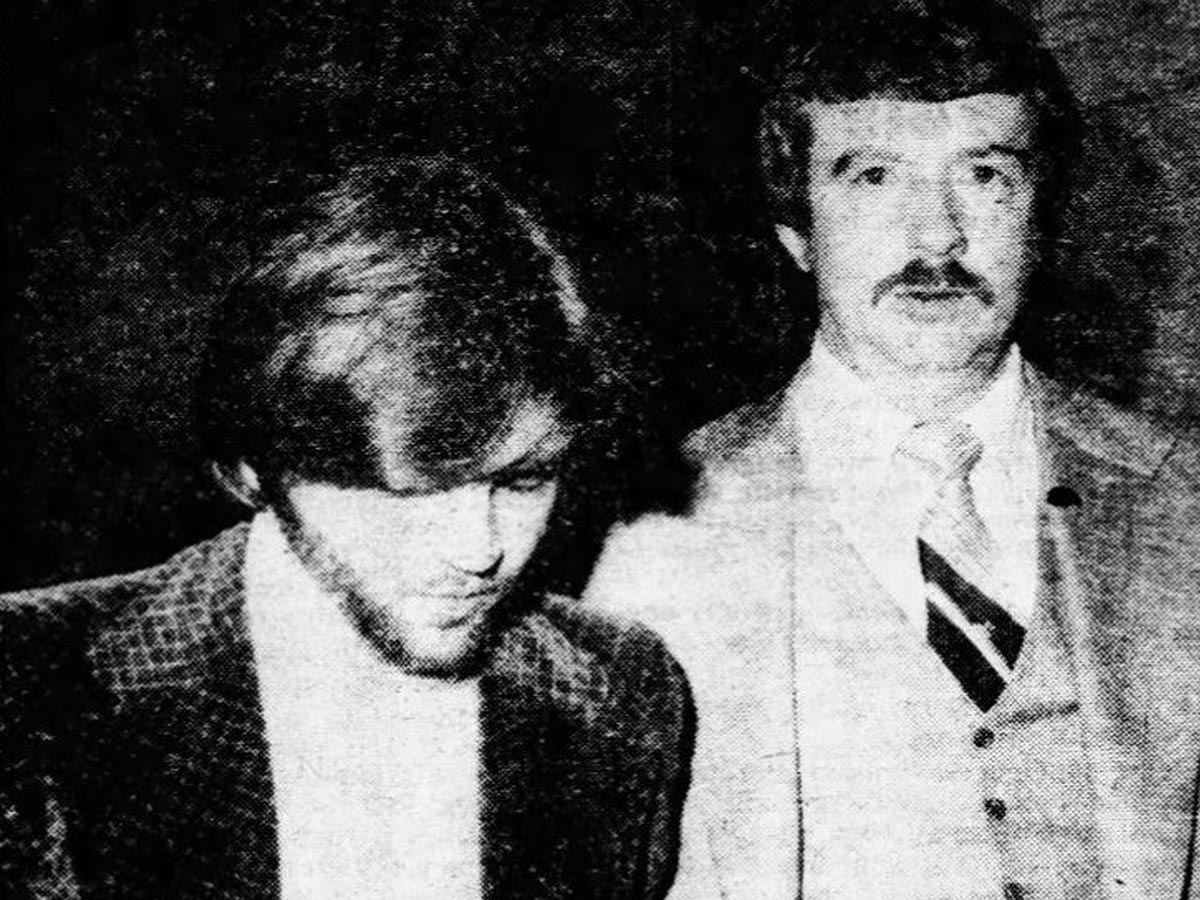
Mickey Featherstone served in Vietnam before returning to his neighborhood of Hell’s Kitchen, catching the eye of mob boss James Coonan with his penchant for violence. Featherstone became Coonan’s right-hand man and second in command of the Westies.
Despite suspicions of numerous contract killings, he evaded conviction until 1986, when he faced imprisonment for a crime he didn't commit. Choosing cooperation over silence, Featherstone turned informant, dismantling Coonan's empire.
Stephanie St. Clair

Stephanie St. Clair immigrated to New York in 1912. Defying exploitation by a lover, she ventured into entrepreneurship, establishing a flourishing numbers game in Harlem. Known as Queenie or Madame St. Clair, her policy banking empowered Black residents.
She challenged Mafia dominance and advocated for civil rights. Famed for her fearless stance against corruption, she became more than her criminal persona. She was a sign of resilience and community empowerment, leaving an indelible mark on Harlem's history.
James Ragen
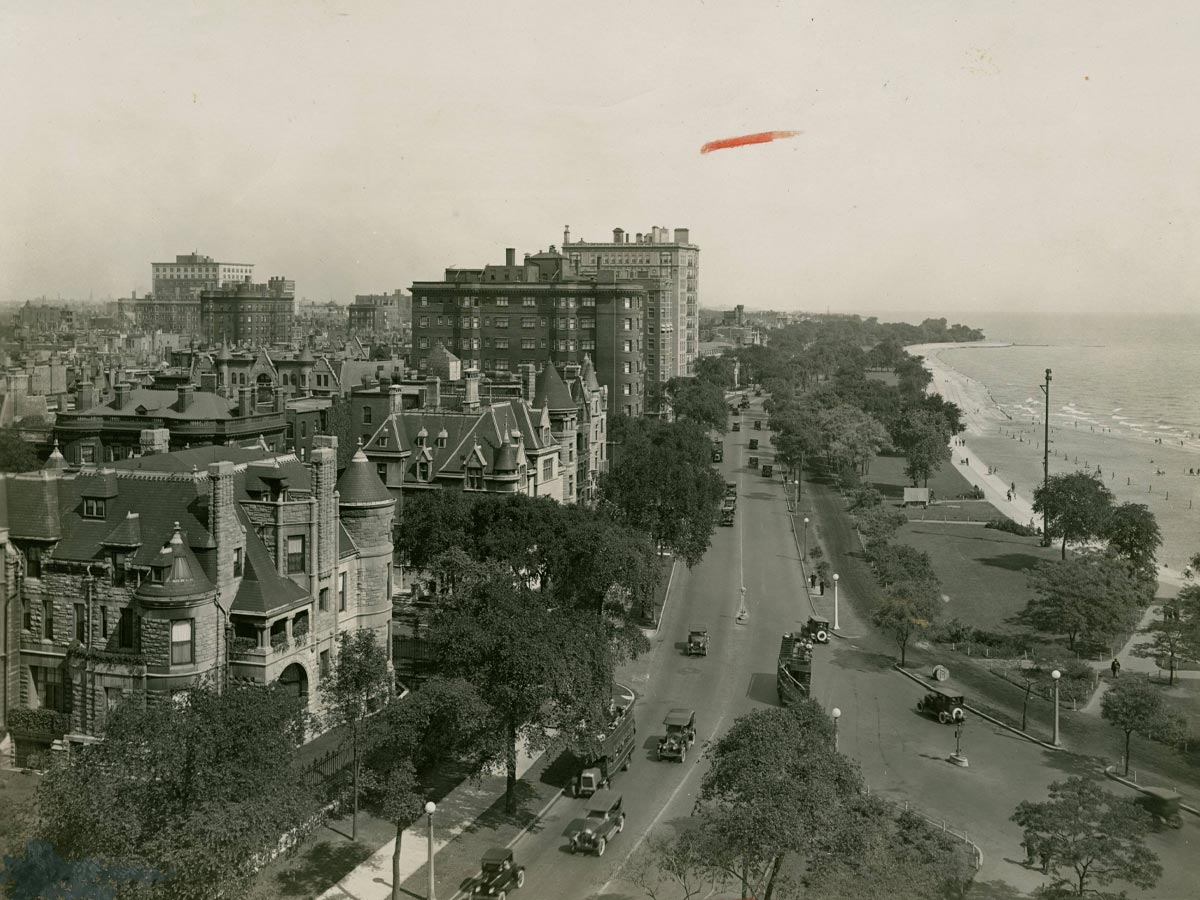
James Matthew Ragen, Sr. co-founded Ragen's Colts, a notorious Chicago street gang turned political club. Leading the Nationwide News Service, he became the heart of gambling operations nationwide (legal and illegal).
Threatened by the Chicago Outfit, a friend whom he confided in sought FBI protection for Ragen, who would then provide crucial insights into organized crime. He was later gunned down and died in a hospital from mysterious mercury poisoning.
Ollie Quinn
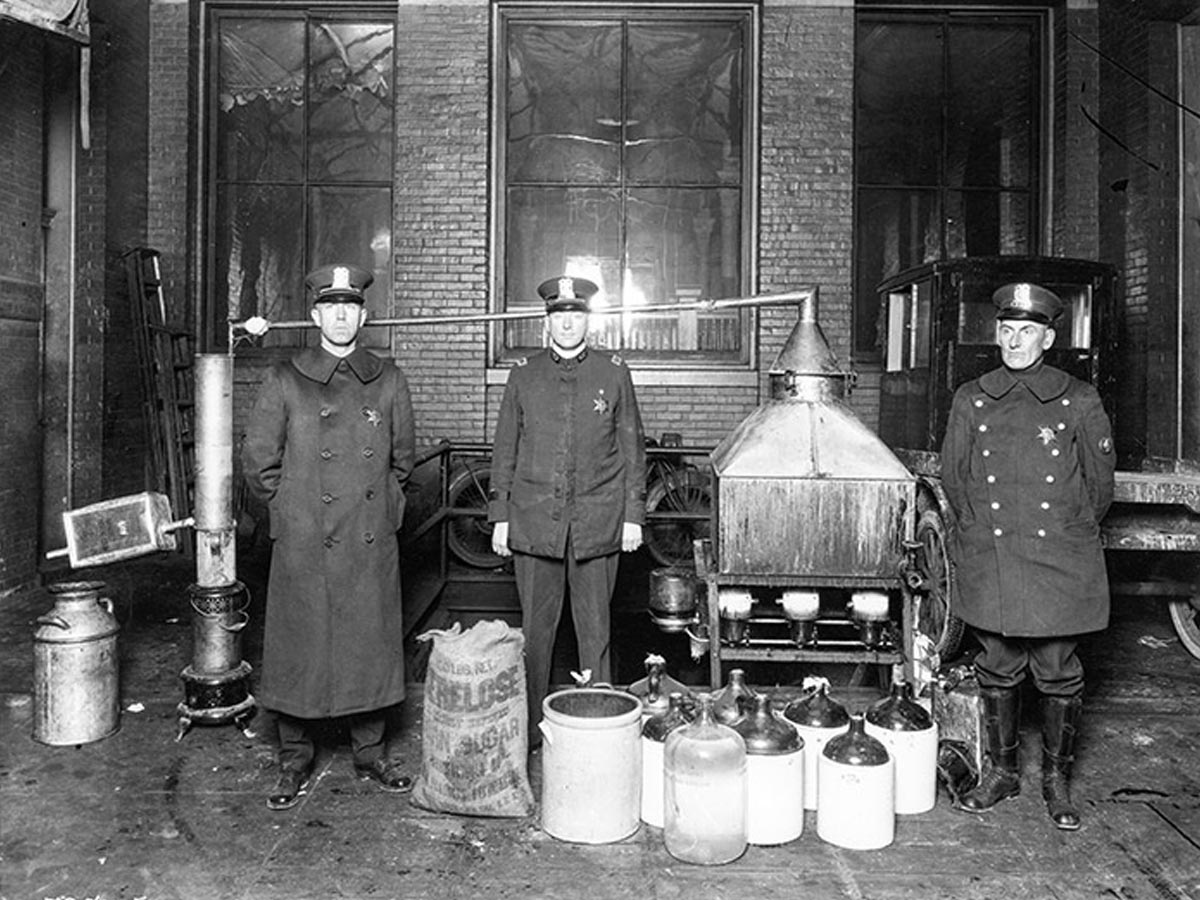
Ollie Johnson Quinn rose to prominence as a mob boss in Galveston, Texas, during the 1910s to the 1930s. Co-leading the Beach Gang with Dutch Voigt, he dominated the island's vice scene, notably through his Deluxe Club casino.
Despite criminal ties, Quinn was admired for his pragmatic approach to business, leasing gaming equipment through his Modern Vending Company. He mentored future underworld leaders Sam and Rosario Maceo, shaping Galveston's Prohibition-era history.
Virginia Hill

After a rough early life and a failed marriage, Virginia Hill became a waitress at a popular mob hangout where she met Joey Epstein, bookmaker for the Capone group. This began her journey into the Chicago criminal underworld.
Caught in a web of mob intrigue, she served as a courier for the Chicago Outfit and gained notoriety for her association with mobster Bugsy Siegel. She navigated money laundering, gambling, affairs, fraud, and Mexican narcotics until her death in 1966.
Kirksey Nix
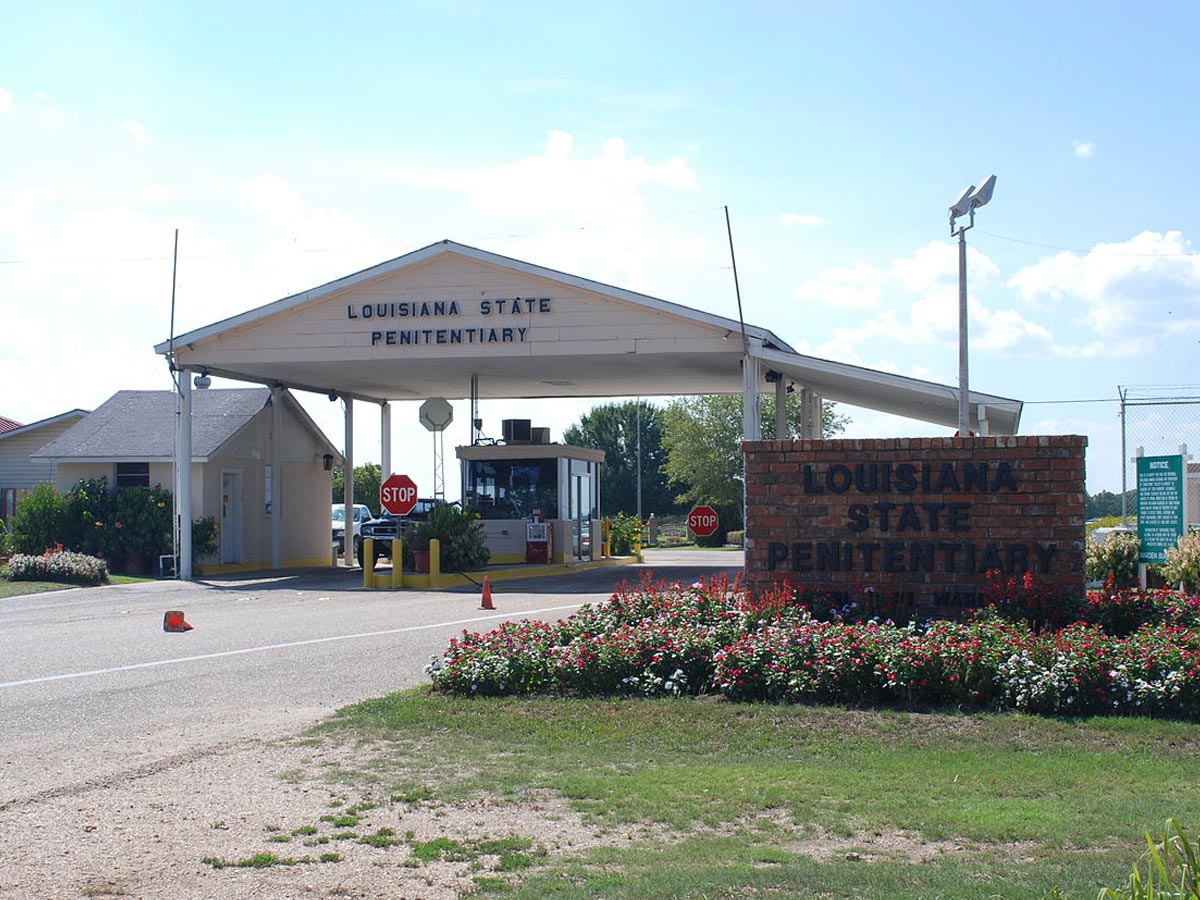
Kirksey McCord Nix Jr., former Dixie Mafia boss, led a life entangled in organized crime. Suspected in the assassination attempt on Sheriff Buford Pusser and the 1967 death of Pusser's wife, Nix remained silent on the accusations.
He faced convictions for various crimes, including the murder of Frank Corso. He was already serving a life sentence when he ordered the 1987 deaths of Judge Vincent Sherry and city councilwoman Margaret Sherry.
 Author
Ron Winkler
Last Updated: July 24, 2025
Author
Ron Winkler
Last Updated: July 24, 2025